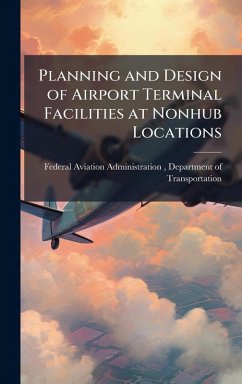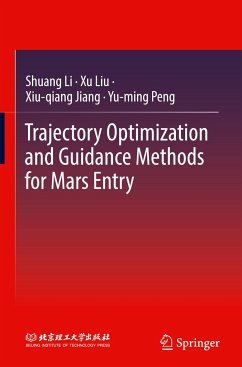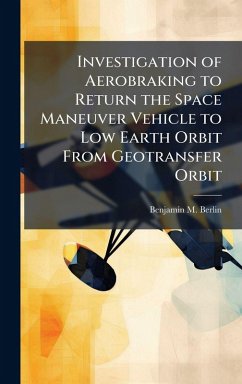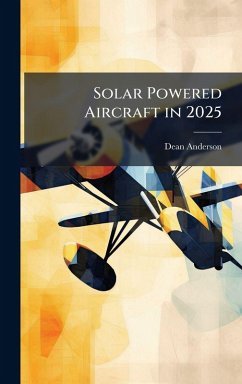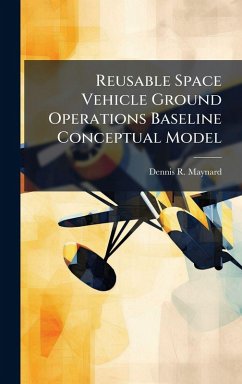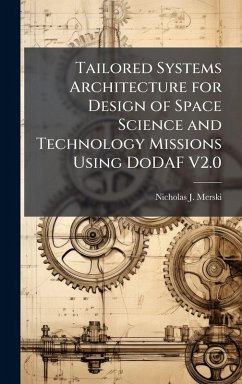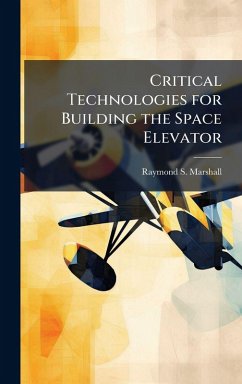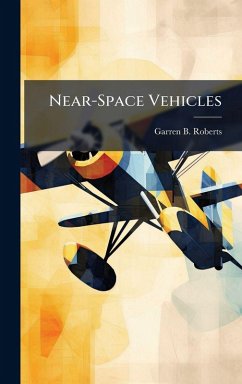
Optimal Re-Entry Trajectory Terminal State Due to Variations in Waypoint Locations
Versandkostenfrei!
Versandfertig in über 4 Wochen
29,99 €
inkl. MwSt.
Weitere Ausgaben:

PAYBACK Punkte
15 °P sammeln!
The Air Force's Prompt Global Reach concept describes the desire to have a capability to reach any target within a 9000 nautical mile radius within two hours of launch. To meet this objective, much effort is being devoted to hypersonics and re-entry vehicles. Given the limited maneuverability of hypersonic vehicles, computational modeling is used to generate trajectories before launch to strike intended targets. In addition to endpoint (target) constraints, additional waypoints may constrain the trajectory. This research finds the optimal trajectory which satisfies the endpoint and waypoint co...
The Air Force's Prompt Global Reach concept describes the desire to have a capability to reach any target within a 9000 nautical mile radius within two hours of launch. To meet this objective, much effort is being devoted to hypersonics and re-entry vehicles. Given the limited maneuverability of hypersonic vehicles, computational modeling is used to generate trajectories before launch to strike intended targets. In addition to endpoint (target) constraints, additional waypoints may constrain the trajectory. This research finds the optimal trajectory which satisfies the endpoint and waypoint constraints, and then investigates where else the vehicle can go while still meeting the mission objectives and the penalty for making such maneuvers. The result of this research is a direct numerical solution technique for mapping the sensitivity of the terminal state as a function of additional waypoint location. Multiple cases are presented including a simple endpoint-to-endpoint scenario and a waypoint included scenario, with a Gauss pseudospectral solver as the direct numerical solver. This work has been selected by scholars as being culturally important, and is part of the knowledge base of civilization as we know it. This work was reproduced from the original artifact, and remains as true to the original work as possible. Therefore, you will see the original copyright references, library stamps (as most of these works have been housed in our most important libraries around the world), and other notations in the work. This work is in the public domain in the United States of America, and possibly other nations. Within the United States, you may freely copy and distribute this work, as no entity (individual or corporate) has a copyright on the body of the work. As a reproduction of a historical artifact, this work may contain missing or blurred pages, poor pictures, errant marks, etc. Scholars believe, and we concur, that this work is important enough to be preserved, reproduced, and made generally available to the public. We appreciate your support of the preservation process, and thank you for being an important part of keeping this knowledge alive and relevant.




